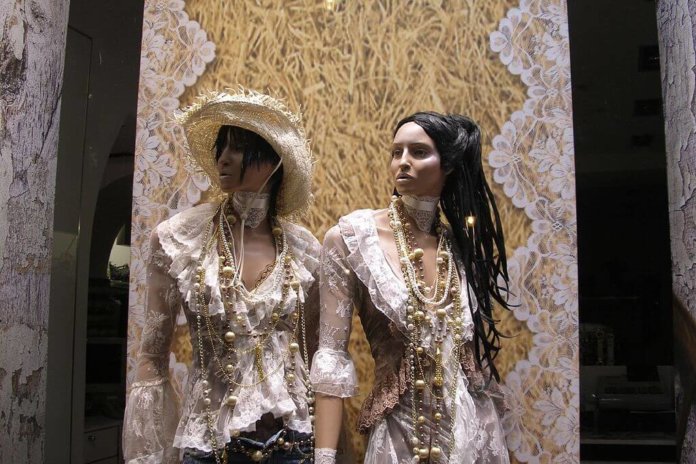
The early twentieth century was a time when a number of top European family business brands can trace their roots to. Certainly a more traditional era, many an entrepreneur’s dream was to build a successful enterprise and then hand it off to a son or sons who would carry it into the next generation. When Mario Prada opened his leather goods store in Milan in 1913, one could guess this was his dream as well.
Little did he know then that his family name would later become synonymous with high fashion and the business would become one of the wealthiest fashion enterprises in the world, but not at the hands of the his male heirs. In fact, it would be his daughter and grand-daughter who would turn the family business into what we know today – a fact that would probably leave a gender-role traditionalist like Mario Prada with mixed feelings at best.
Mario and his brother Martino saw an opportunity to cater to the upper class travellers who sought the finer things. To this end, they produced and sold leather goods and handbags but their signature items were steamer trunks for the overseas traveller. They soon built a reputation for providing high quality items and, in 1919 were designated as the official supplier to the Italian Royal House.
A Reluctant Transition
When it came time to groom an heir, there was never a doubt in Mario’s mind; he firmly believed business was no place for women and looked to his son to take over, and the female Pradas were not even allowed to work in the shop. However, in a cruel twist of fate for someone who held Mario Prada’s world views, his son had absolutely no interest in the business whatsoever while his daughter Luisa possessed both an interest and an aptitude for her father’s work. So left with no other option, Mario turned the business over to Luisa in the late 1950’s.
Under Luisa’s steady hand she kept the business strong as they transitioned away from tailoring to ocean liner travel and more to airline travel. They continued to produce upscale handbags and other fashion accessories and when Luisa was ready to hand over the business, it was reporting annual sales of $450,000. And like her father before her, Luisa turned to her daughter to take the reigns.
Another Prada Woman Takes Over
The third child of Luisa Prada and her husband Luigi Bianchi, Maria Bianchi was born in May 1949. She would go on to earn a PhD in Political Science from the University of Milan and join the family business at the age of 21. Eight years later, she would take the helm of Prada and change her name to Miuccia Prada. It would be under her watch that the company would explode onto the fashion scene.
Miuccia started introducing new products as early as 1979, but it was in the mid 1980’s when the company turned a major corner. In 1985, Prada unveiled its new designs for fashion handbags that featured black nylon with understated labelling, which instantly became the “it” status symbol in almost every corner of the globe. Four years, later she released a line of ready to wear women’s clothes as well as designer shoes which were also a hit with both critics and consumers.
Today, her experimental and bold designs as Head Designer of Prada and the more affordable luxury line Miu Miu have propelled the brands as the leading force in the industry.
“If you want to know what a season is about, you don’t miss the Prada show,” one fashion director told TIME magazine in 2004. “She never follows anyone else’s lead, just her own original energy. Her collections are completely an expression of herself.”
Miuccia Prada in Her Own Words
Recently, Miuccia Prada looked back on her changing perspectives on her work and the industry in a story by thebusinessoffashon.com.
“I never wanted to feel so involved in my job,” Prada reflects. “At the beginning, I wanted to keep a distance. I didn’t like the idea of being political. I didn’t like the idea of clothes. But the more I realized how important and relevant fashion could be, the less critical I was. Distance was less important. If you’re approaching more and more people — different mentalities, different religions, different cultures — you have to put more of yourself out there.”
The Prada Legacy
If the third generation is the “make or break” period for any family business, there is little doubt which way the Prada empire went. Miuccia Prada built what her grandfather started in 1919 into a fashion industry icon that reported $3.38 billion in sales in 2016.
Perhaps even Mario himself would have to admit there may be a place in the family business for women after all?









